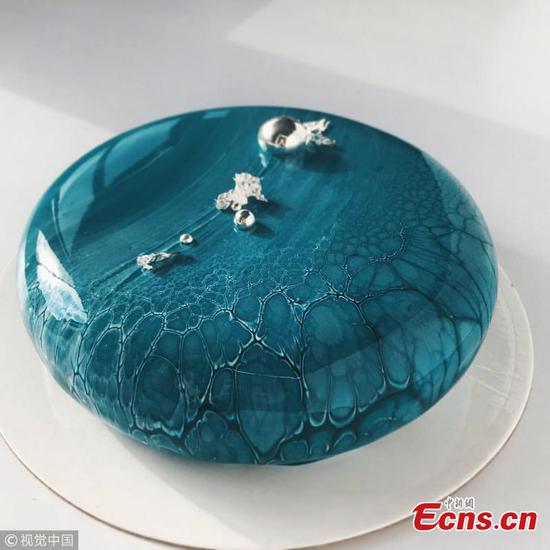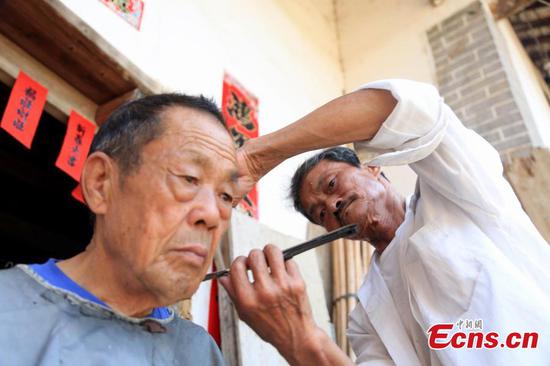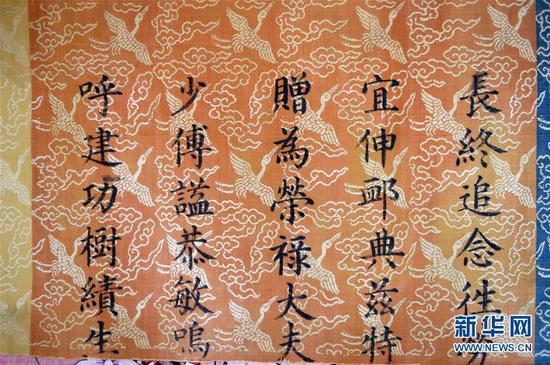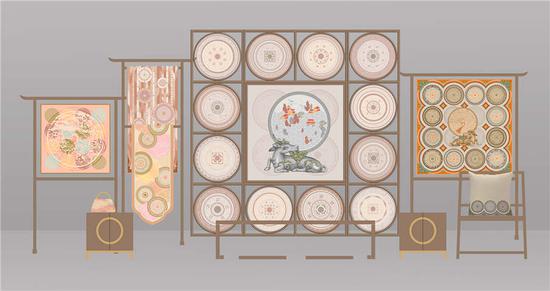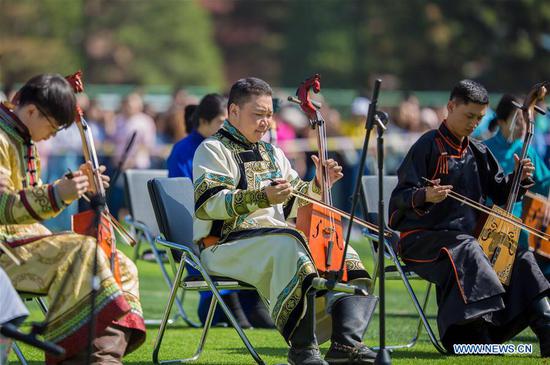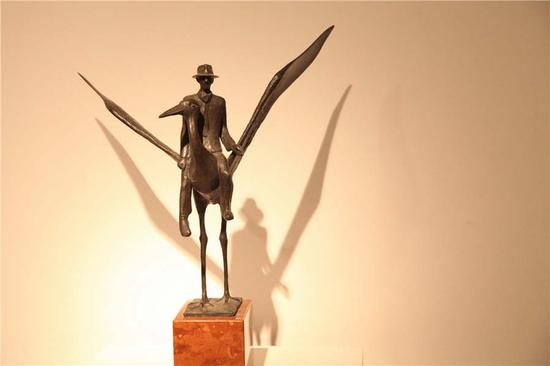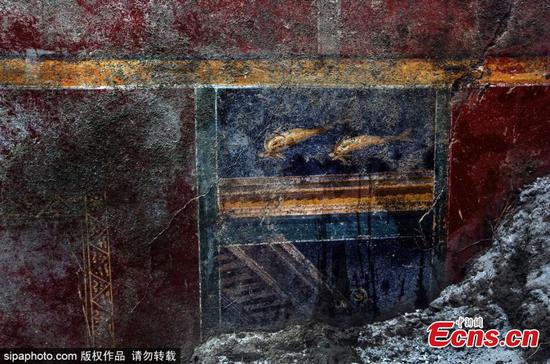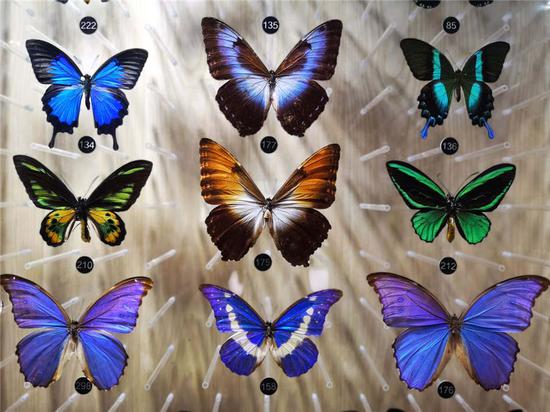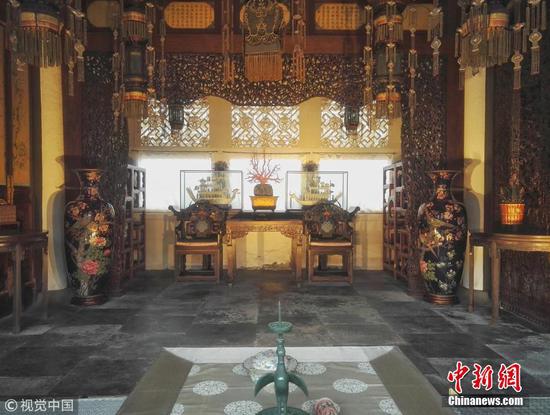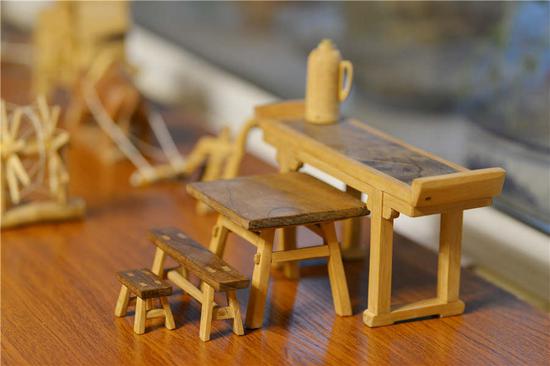
Chrysanthemum flower wine (File photo)
Chrysanthemum flower wine
It was originally a day for farmers to celebrate crop harvests. The festival was created in the Warring States period (475-221 BC) and became popular in the Han Dynasty (206 BC-220 AC). At that time, Queen Lv was so jealous of Concubine Qi, who was one of the favorites of Liu Bang (the first emperor of the Han Dynasty, 256 or 247-195 BC), that she ill-treated the latter and drove her maid out of the imperial palace to marry a common person after the emperor's death.
This maid, who is known as Miss Jia, told people that in the imperial palace every ninth day of the ninth lunar month they wear small cornel twigs (dogwoods) in their hair and drink chrysanthemum wine, otherwise there would be disasters. Later, many common people followed the custom and it gradually prevailed all over the country.
The chrysanthemum flower wine is unique when brewed. Some say in ancient times people usually picked fresh chrysanthemum flowers and leaves on the 9th of the 9th lunar month and brewed the mixture of them and grains into the wine, which could not be drunk until the same day next year. The wine is said to have wholesome effects on sharpness of the eye, alleviation of headache, drop of hypertension, reduction of weight and removal of stomach trouble, thus contributing to longevity. It is said that drinkers of the chrysanthemum wine would be free from evil and have strong physique against cold weather.
The chrysanthemum wine, infused with cornel twigs (dogwood) fruit, has wholesome effects on assuagement of pain and regulation of the flow of vital energy. While climbing mountains on the Double Ninth Day, ancient Chinese liked to wear cornel twigs (dogwood) in their hair and drank the wine.













